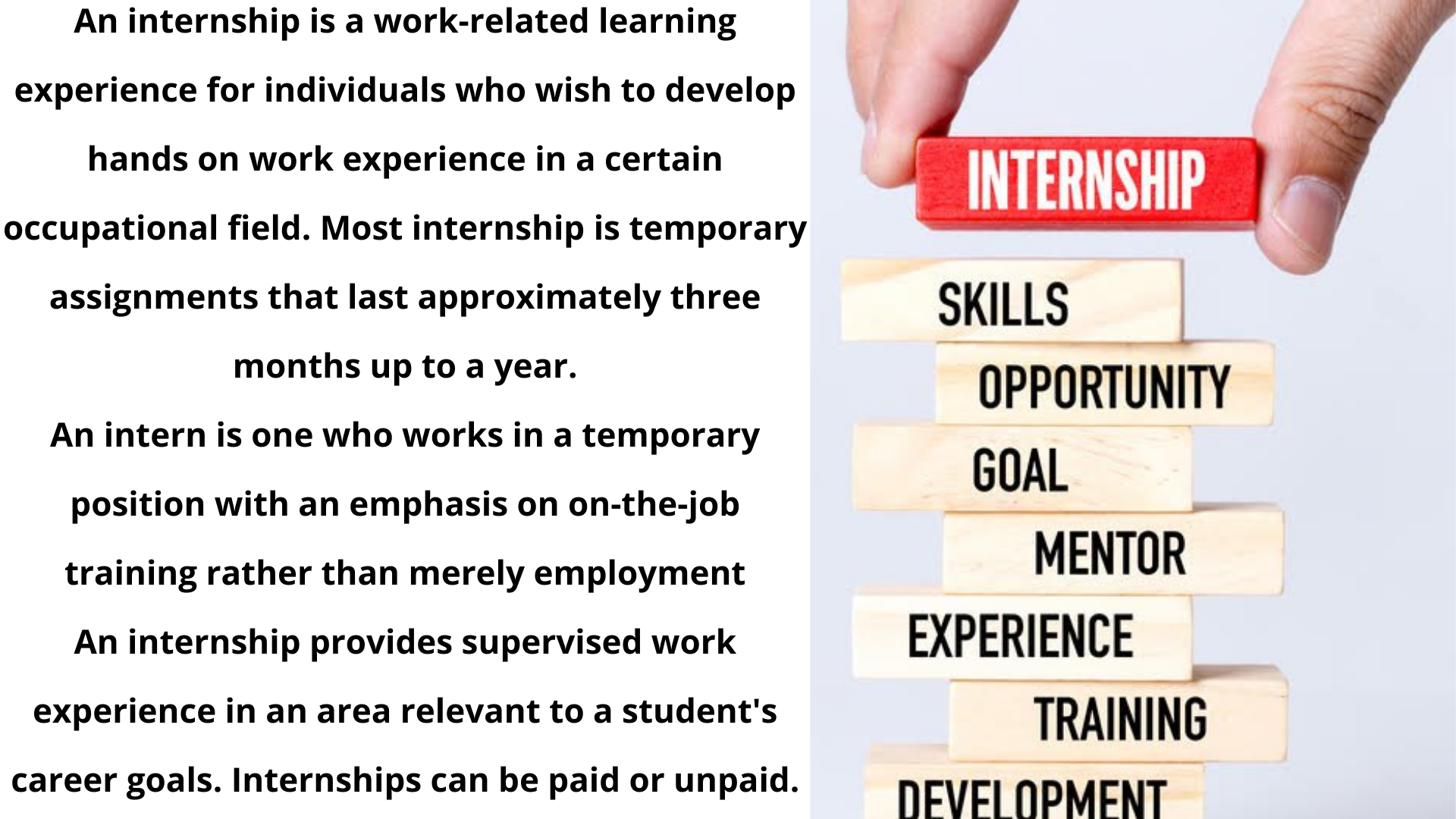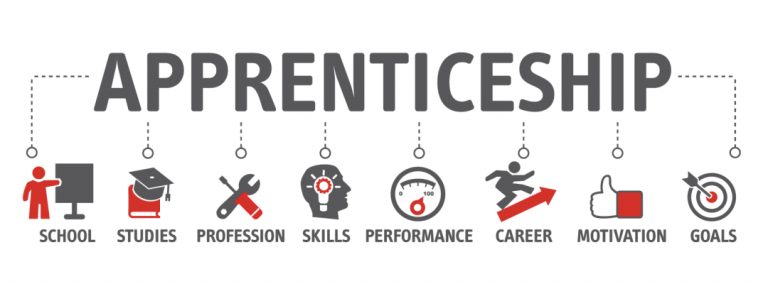
The SDF responsible for training and development in the company (usually the Skills Development Facilitator) must now facilitate a process to prioritise the training needs. It must be determined which of the needs are the most important. More time, effort and resources must be spending on these needs. The SDF and the manager will work hand-in-hand on this matter.
It means they have to consider what the benefits will be if they address the training needs and also what the costs will be to implement the training needs. The benefits to the company will depend on the extent to which the interventions will contribute towards the following:
- The company’s vision and the objectives,
- The company’s Equity Plan,
- The improved performance of the employees of the company,
- The motivation of the employees, and
- The skills priorities that were identified by the relevant SETA.
The next step is to collect information on available interventions that will be the best to address the needs that were identified. One must also identify what resources like facilities, requirements, money and so forth, the company will need to implement these interventions.
The following information is very important in the planning process:
- What interventions are available
- Accredited providers to provide these interventions
- Which skill is addressed by training programme
- Which unit standards and/or qualifications will the learners achieve in the end
- What will the costs be
- Any other resources that will be required
- What will the duration of the intervention be
- Venues
To obtain the above-mentioned information, the SDF or designated person can use the following methods:
- Pamphlets
- Newspapers
- Provider websites
- Skills development related websites
- SETA websites
- Exhibitions

Now that the company has identified possible training providers and they have determined what resources they will need, they must establish if they have the necessary resources. If they do not, it is obvious that they should not go that route and they have to re-plan.
Types of Training Interventions
Short Courses Or Non-Credit Bearing Training
A short course is a structured learning programme that is not based on a unit standard. It is not aligned with a Unit Standard. The learner will not receive any credits for the training attended. It is paid from the organisation’s training and development budget. This budget is part of the Strategic budget of the organisation. It includes refresher courses, soft skills and product specific courses.
An example: a one-day course on Time Management by an external training provider.
Skills Programmes
A skills programme is a structured programme that is based on a unit standard or standards.
Who may offer a skills programme? Accredited training providers offer skills programmes.
SETAs often list the names and contact details of accredited providers on their websites. Training providers offer public programmes or in-house training that can only be attended by the employees of that specific organization or business.
However, the organization or business can be accredited as a training provider and then facilitate their own learning programmes.
When the employer implements skills programmes, it can be funded in various ways namely:
- Discretionary funds from the SETA,
- Use the grants given to the organization by the SETA for developing and implementing the WSP, i.e. mandatory grants, and
- To use the training and development budget of the organisation or business.
Adult Basic Education And Training (ABET)
Adult basic education and training is the general conceptual foundation towards life long learning and development, comprising of knowledge, skills and attitudes required for social, economic and political participation and transformation applicable to a range of contexts. ABET is flexible, developmental and targeted at the specific needs of particular audiences and ideally, provides access to nationally recognized certificates.
The term ABET refers to Adult Basic Education and Training and refers to education up to the equivalent of grade 9 (standard 7). ABET refers to both literacy and numeracy.
Many of today's workers get by with chronically low levels of literacy and numeracy which is a result of the failures of the education system when many of today's adults were at school.
Funding was very low at that time and turmoil in townships deprived many of the opportunity to attend school.
Many employers are unaware of the functional level of literacy and numeracy of their employees and school certificates don't always adequately reflect this, causing problems for employees and employers alike. ABET can be the answer for them.
ABET is a national priority and a number of sources of funding for ABET training are currently available.
The business has to allow workers some time off for studying ABET but the benefits are enormous.
Apart from the gratitude that learners show to their employers for facilitating the learning, the improvement in productivity in the workplace soon drops down to the bottom line.
Learnerships
Learnerships are formal learning programmes that require learning on the job supported by structured or institutional learning. They are generally designed in the SETAs, approved by the Department of Higher Education and Training, funded from the Skills Levy and must lead to a qualification on the NQF.
Learnerships aim to strengthen the linkage between structured learning and structured work experience in order for learners to obtain a learning that takes place within an education and training institution or through an education and training provider) and structured institutional learning (which refers to a planned workplace experience). Many SETAs use a formula of approximately 70% structured work experience and 30% institutional learning, but the inverse is also possible. Learnerships must lead to a full qualification on the NQF and are expected generally to last between 12 and 18 months.
A learnership must:
- Consist of a structural learning component,
- Include practical work experience of a specific nature and duration, and
- Lead to a qualification registered by SAQA and related to an occupation.
Contracts must be drawn up between the learner and the employer, the learner and the provider and the provider and the employer.
A SETA may establish a learnership if:
- The learnership consists of a structured learning component.
- The learnership includes practical work experience of a specified nature and duration.
- The learnership would lead to a qualification registered by the South African Qualifications Authority and related to an occupation.
- The intended learnership is registered with the Director-general in the prescribed manner.
The following people can attend a learnership:
- Current employees working in the organization or business.
- Unemployed people who the employer wishes to assist in improving their qualifications but do not wish to employ on a permanent basis. They will be employed for the duration of the learnership.
There are three parties involved in a learnership. They are:
- The learner
- The employer (or a group of employers who provides the practical experience)
- An accredited training provider or it could be a group of providers
The advantages of a learnership for the employer:
- It can be a source for recruiting people to appoint them on a permanent basis after successfully completion of the learnership.
- SETAs provide grants to the employers who implements the learnership.
- Organisations or businesses qualify for a tax incentive (deductions on their income tax).
- It provides an opportunity to employers to contribute to issues such as the development of the specific sector, providing jobs, etc.
The learnership can be funded by:
- The employer applies at the applicable SETA for learnership grants.
- The training budget of the organisation.
When can the learnership be terminated? It can only be terminated before the date specified in the agreement if:
- The learner successfully completes the learnership.
- The relevant SETA approves a written application by the learner to terminate the agreement.
- The relevant SETA approves if a good case is shown by the employer to terminate the agreement.
- The learner is fairly dismissed.
Keep in mind that the contract can only be terminated if the learner ship is terminated for the above reasons and provided that the learner was not already employed by the employer when the agreement was started.
Internship
What is an Internship?

Apprenticeship
The concept of an apprenticeship has been around since the latter part of the Middle Ages and remains a viable form of training today. Essentially, an apprenticeship is a means of taking on an individual who will learn the skills and practices that are associated with a given career path. The apprentice is taken under the wing of an individual who is recognized and an expert practitioner of the craft, and over a period of years is schooled in all aspects of the career, until the apprentice is able to go out on his or her own and function effectively.
The idea of an apprenticeship first developed as a way for craftsmen to train young protégés in a particular craft, with an eye of one day turning their business over to the apprentice. In other applications, municipal governments would send young men to another location to be schooled in a particular craft, with the understanding the individual would return to the town or village after the apprenticeship and set up a local shop. In both cases, the apprentices would remain with the master craftsman for a number of years, until it was determined that the individual had earned the right to be referred to as a craftsman, and was ready to go it alone.

Continuous Professional Development (CPD)
It is the education and training directly related to the profession, undertaken beyond the academic qualification so as to keep up to date with new development and hence the image of the profession.